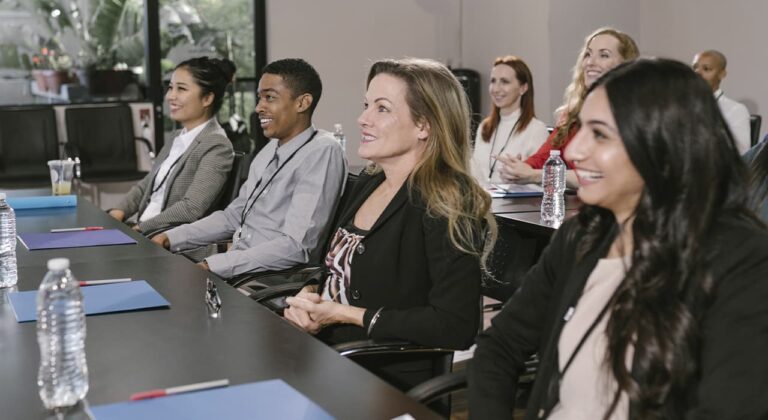You are an adult, walking through a shopping mall when you see a bunch of teenagers bustling around. You are amazed by their energy or perhaps appalled by some of their antics. You wish (for the hundredth time – you have children of your own) that you could channel that energy into something productive.
Or maybe you are a teenager and a girl at school has just committed suicide. She wasn’t your good friend, but you still feel really bad. You wonder what you could have done, if there were signs you just missed. You even search the internet for information about teen suicide, but you need more than facts. You want to find a way to make sure it doesn’t happen again at your school. You know that some of your friends feel the same way, but what can you do?
As both a concerned young person and a concerned adult, one of the options available to you is to start a youth organization. Organizations run by youth or for youth have a lot to offer your community. Think about all the organizations you already know about – you have probably been involved in some of them yourself at one time or another. There are groups centered around almost any topic you can think of, with a huge variety of goals. Here are a number of examples:
- Boy Scouts
- Soccer leagues
- SADD (Students Against Drunk Driving)
- A student chapter of Amnesty International
- A class that volunteers in the community
Youth organizations can be founded by young people themselves or by interested adults. In this section we will try to look at the stages of youth organisation development from the perspective of both groups. We will start by looking at what a youth group can be and the general benefits of starting one. Next, we will briefly discuss who should start a group and the unique advantages of having an adult organize the group or having young people do it themselves. Next we will look at the right time to start such a group and then look at how to go about it. Finally, we will conclude the section for adult mentors with special tips for working with young people.
WHAT FORM CAN A YOUTH ORGANISATION TAKE?
A youth organization can be almost as broad – or as narrow – in scope as an organization for adults or for the community at large. Youth organisations can be run in schools, churches, neighbourhoods or local recreation centres. They can operate locally, nationally or even internationally. They can be organized and run by young people themselves, or they can be developed by adults such as coaches, priests or staff from the local YWCA. A local youth organisation may also be the nucleus of a larger group; for example, a local substance use reduction coalition may have a youth advisory board that provides suggestions on what they think will help stop young people from drinking alcohol.
In this section we will focus primarily on youth organisations that are set up specifically to make a difference in the community, such as public health organisations such as Students Against Drunk Driving, or groups set up to increase civic participation. However, many of the ideas we discuss here can easily be applied to any type of student group, such as youth theatre or sports teams.
One example of a successful youth organization is CityKids. CityKids is an organization with branches in the United States. Their mission is to engage and develop diverse youth to positively impact the world.
Their goals are:
Having a safe space for youth
Promoting open communication between youth
Multicultural bridge building
Strengthening leadership development among youth
The group does many different things to try to achieve these goals.
For example, they hold weekly “Coalition” meetings where they bring together different groups of young people to explore cultural, racial and sexual issues. The group is involved in many aspects of youth life and offers leadership development and guidance opportunities for education and careers.
An offshoot of CityKids is the CityKids Repertory Company, in which young people turn feelings and experiences about youth issues into music, dance and drama. They perform skits in their neighbourhoods, schools, community centres and prisons. They have performed on stage and some of their work has been filmed and shown on television. For example, the group developed Kayla’s Story, a video that documents a fictional teen pregnancy. The video is distributed throughout the country.
CityKids is a successful example of how young people choose the issues that matter to them, find a safe place, and help each other strengthen their community. The organization helps them gain leadership skills and a cohesive peer group, and sends a positive message to youth throughout the community.


